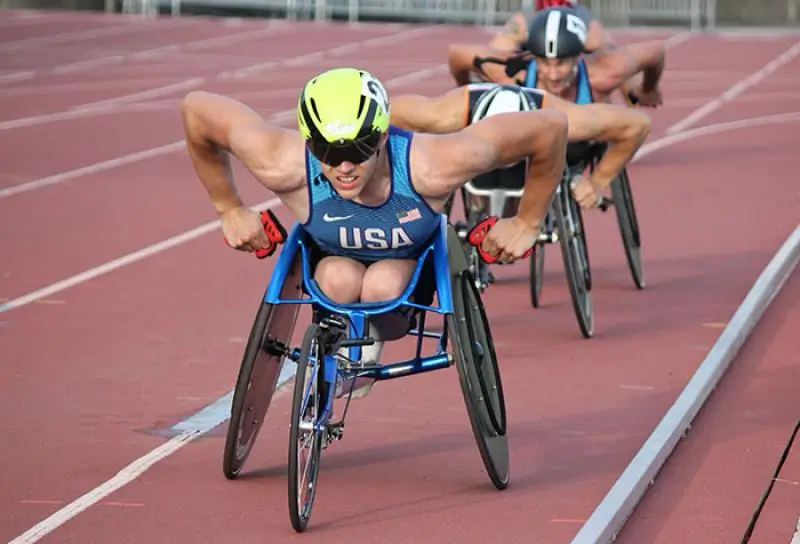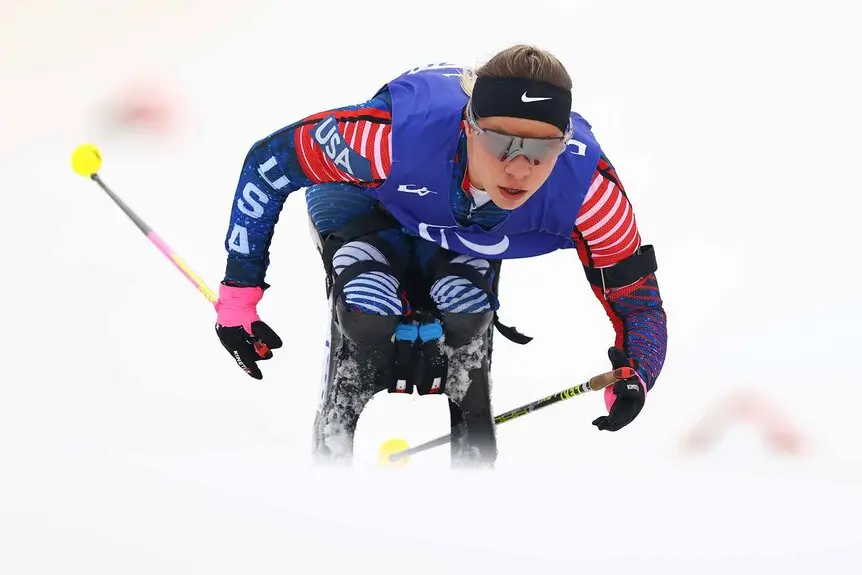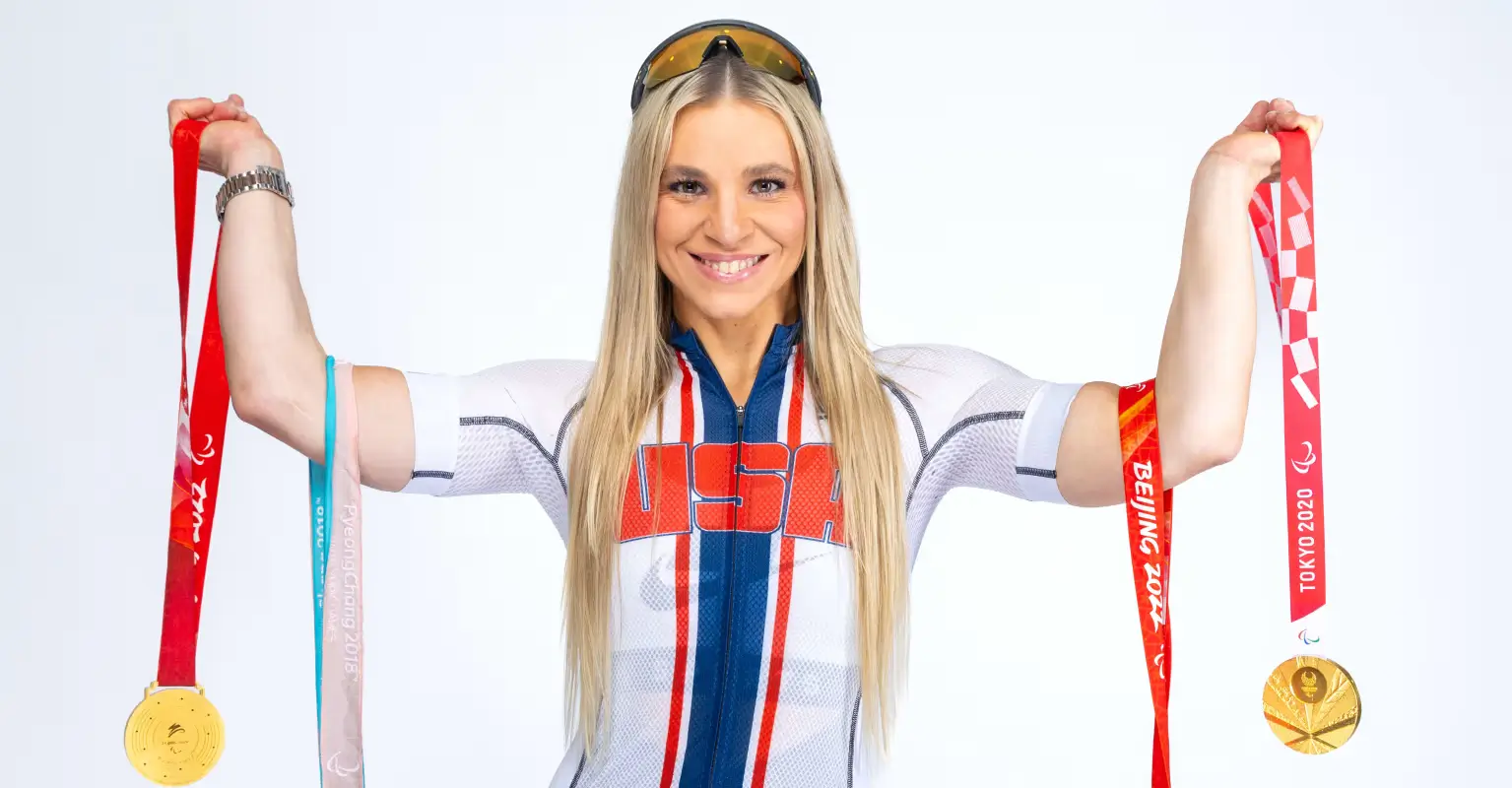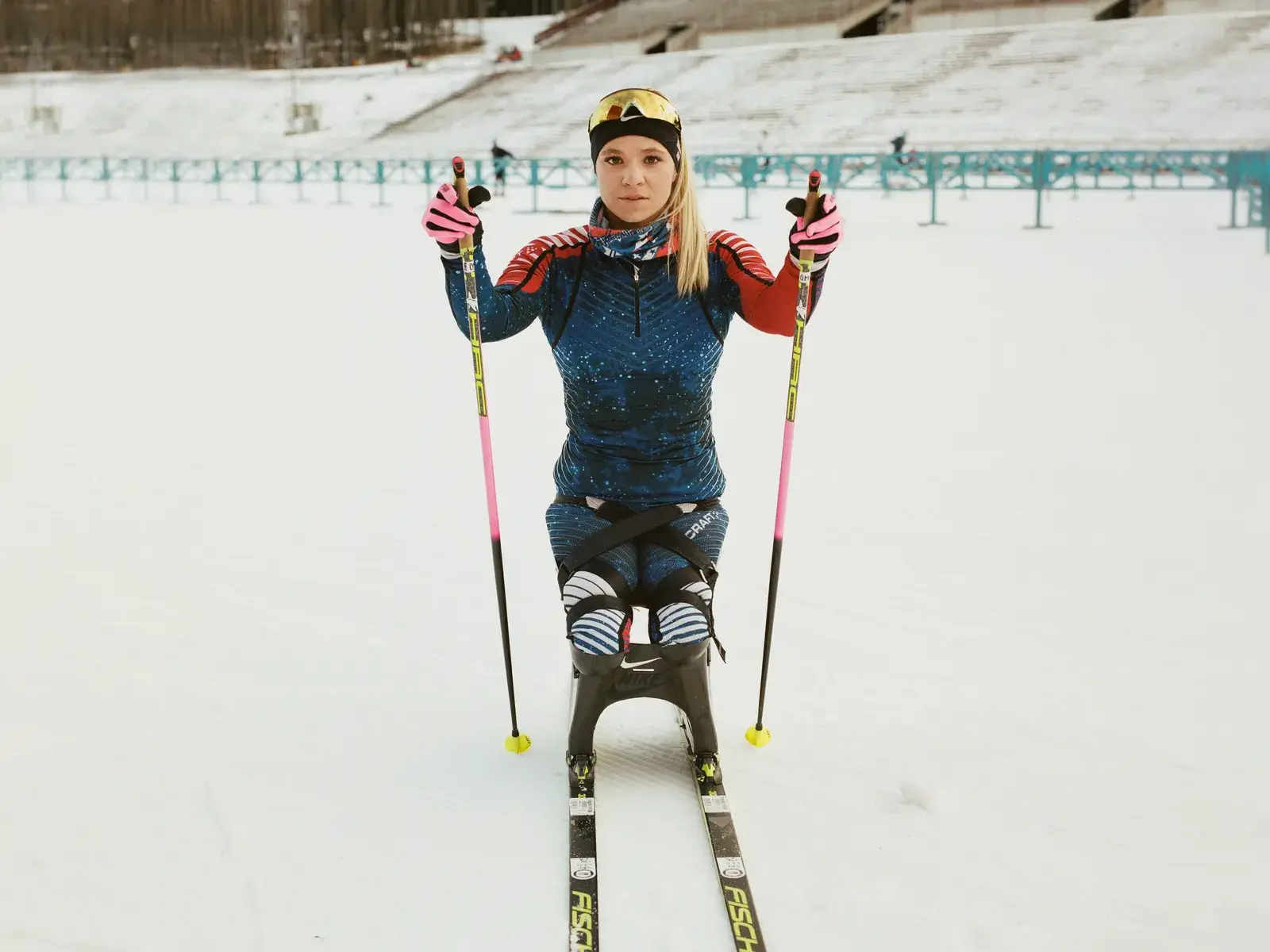The Paralympic Games are amazing. They let athletes with disabilities show the world how strong and talented they are. But to make sure the games are fair, there’s something called classification controversies. It’s a way to group athletes so they compete against others with similar challenges.
Sometimes, people argue about how classification works. These arguments, or controversies, have changed the Paralympics a lot. In this article, we’ll look at what classification is, some big controversies, and how they’ve made the Paralympic Movement better, Dublin Escouts.
What is Classification?

Classification in the Paralympics is like sorting athletes into teams based on their disabilities. It makes sure everyone has a fair shot at winning. In regular sports, like boxing, people are grouped by weight. In the Paralympics, it’s about how a disability affects what an athlete can do in their sport.
For example, in swimming, classifiers look at things like how strong an athlete’s muscles are or how well they move in the water. A swimmer with no legs might race against someone with a different disability, but only if their abilities match up.
This way, winning depends on hard work and skill, not just the type of disability.
History of Classification Controversies. The Classification has caused some big problems in the Paralympics. Let’s look at two major moments that shook the Games.
Early Scandals That Shook the Games
In the 2000 Sydney Paralympics, the Spanish basketball team won gold. But soon, people found out some players didn’t have disabilities. This cheating scandal shocked everyone. The International Paralympic Committee (IPC) had to act fast. They made stricter Paralympic rules to check athletes’ disabilities better. This controversy showed how important impairment grouping is for fair competition, that is the reason to increase medal tally.
Famous Cases of Athlete Classification Disputes
In 2012, at the London Paralympics, runner Jonnie Peacock won a 100-meter race. He’s fast, even with part of his leg missing. But some questioned if all runners in his race belonged in the same group. Were their disabilities similar enough? This debate pushed the IPC to rethink how they classify athletes for fairness in sports. It sparked talks about better ways to group athletes.
Impact on the Paralympic Movement
These controversies didn’t just cause trouble—they made the Paralympics stronger. Here’s how they changed the Movement.
Changes in Rules for Impairment Grouping
After the SydneyAko, Sydney scandal, the IPC created tougher Paralympic rules. They started using doctors and experts to check athletes’ disabilities more carefully. They also wrote a Classification Code to ensure honesty. In 2012, debates led to new tools like motion cameras to measure athletes’ abilities exactly. These changes made impairment grouping fairer and more accurate.
Effects on Athletes and Public Views
Controversies made some people doubt the Paralympics’ fairness. Athletes felt upset when their hard work was overshadowed by scandals. Fans and sponsors worried, too. But the IPC worked hard to fix this. They shared clear details about classification, rebuilding trust. Today, the Paralympics are seen as a fair and inspiring event, thanks to these efforts. (Internal link: Top Paralympic Athletes)
Current State and Future of Classification

The Paralympics keep working to make classification better. Let’s see what’s happening now and what’s next.
New Tools for Classification Fairness
Today, the IPC uses science to make classification fairer. They use things like 3D imaging to study how athletes move. They also train classifiers better to understand disabilities. These tools help ensure every athlete is in the right group. This makes competitions fair and exciting. (Internal link: Guide to Paralympic Sports)
Ideas to Fix the System
The IPC is always looking for ways to improve. Some suggest letting athletes compete in multiple groups to test their skills. Others want more open talks with athletes about classification. These ideas aim to stop controversies and keep fairness in sports first. The Paralympics are listening to athletes and fans to make the system even better, like gender equality.
Role of Athletes in Shaping Classification
Athletes play a big part in fixing classification problems. Many share their stories to show why fairness matters. For example, swimmer Jessica Long, a Paralympic star, talks about how classification helps her compete equally. Athletes like her push the IPC to listen and improve. Their voices make sure disability sports classification keeps evolving. When athletes speak up, it builds trust in the Paralympic Movement. (Internal link: Jessica Long’s Journey)
Technology’s Impact on Fair Classification
New technology is changing how classification works. Tools like motion sensors and AI help measure athletes’ abilities better. These tools make impairment grouping more exact. For example, they can see how much strength a wheelchair racer uses. This helps put athletes in the right groups. The IPC is testing these tools to ensure fairness in sports. Technology makes classification more transparent and trusted.
Global Impact on Disability Sports

Classification controversies have changed more than just the Paralympics. They’ve made people think about fairness in all disability sports. Countries now use better classification systems for local events.
This helps young athletes compete fairly from the start. It also encourages more people with disabilities to try sports. The Paralympic Movement has inspired schools and clubs to focus on sports equity. (Internal link: Adaptive Sports Programs)
Challenges Still Ahead
Even with improvements, classification isn’t perfect. Some disabilities are hard to measure, like brain injuries. Classifiers need more training to get it right. Fans sometimes don’t understand why athletes are grouped together. The IPC is working on clearer explanations. They also face pressure to keep Paralympic rules fair for new sports. Solving these challenges will keep the Paralympic Movement strong and fair.
Conclusion
Classification controversies have been tough for the Paralympics. But they’ve led to big improvements. Stricter rules, better tools, and clearer communication have made the Games fairer. Athletes’ voices and new technology keep pushing the system forward. These changes have helped the Paralympic Movement grow stronger and more trusted. As the IPC keeps working on classification, the Paralympics will stay a place where every athlete can shine.
FAQ
-
What is classification in the Paralympics?
It groups athletes by disability to make competitions fair. -
Why do classification controversies happen?
People disagree on whether athletes are grouped correctly. -
How did the 2000 Sydney scandal affect the Paralympics?
It led to stricter checks and a new Classification Code. -
What’s next for classification?
New tools like 3D imaging and open talks will improve fairness.

